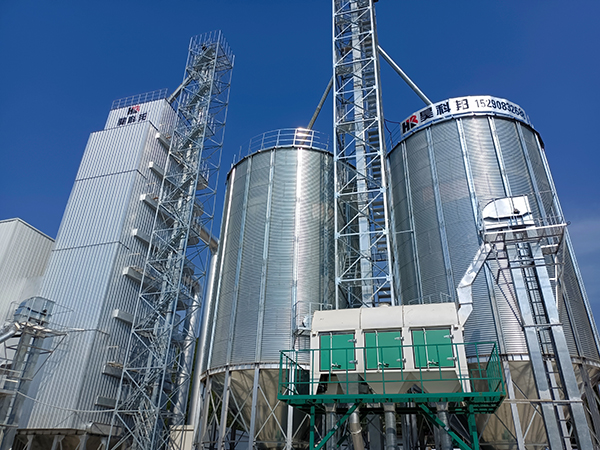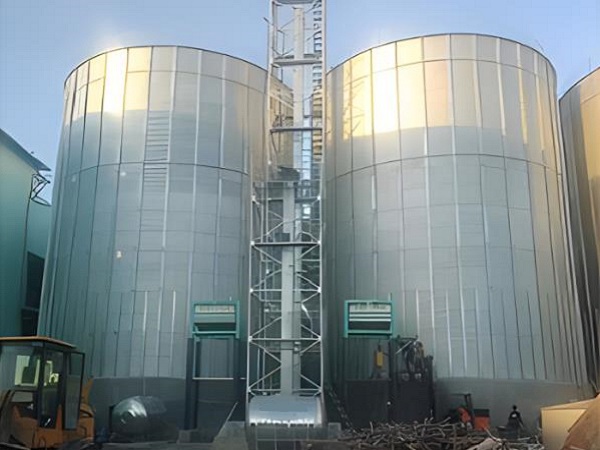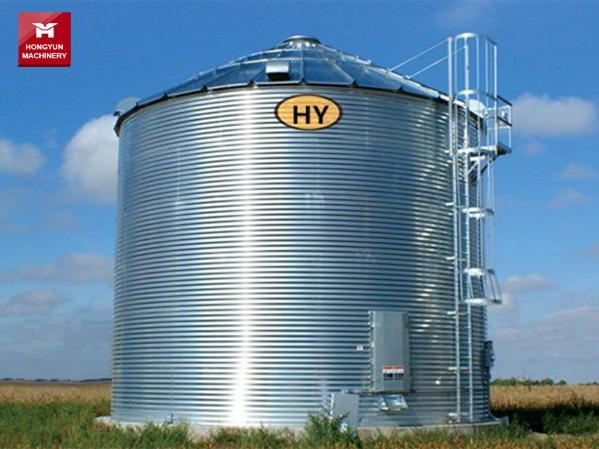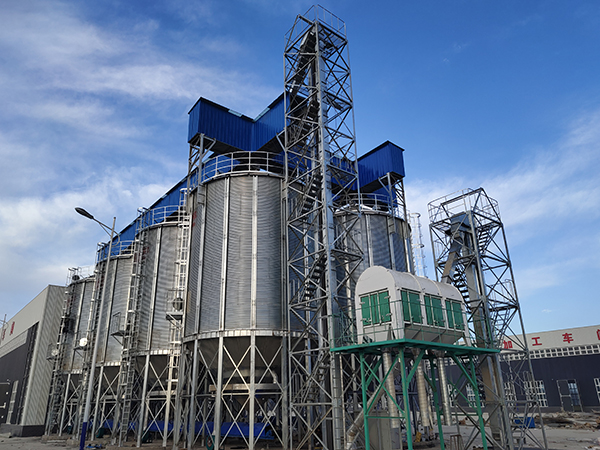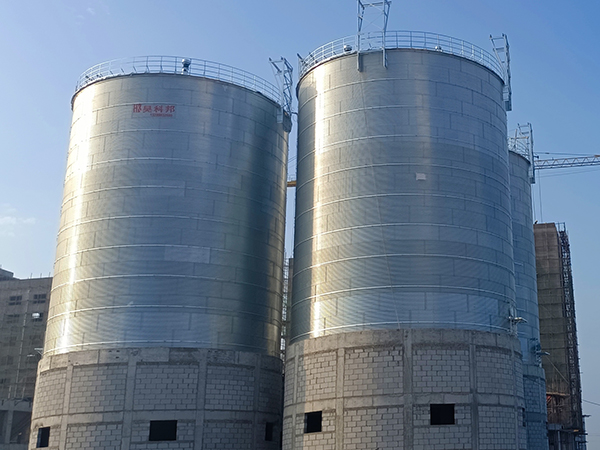Rice storage: a comparative analysis of 1000-ton silos and hopper bottom silo
Compares 1000-ton and hopper-bottom silos for rice storage, detailing advantages in capacity, conditions, flexibility, costs, and durability. Guides decision-making for grain producers on optimal storage solutions.
- Barley grain bin company in Tanzania
- rice grain bin factory in Rwanda
- Paddy grain bin supplier in Guinea
- Wheat Cone-Bottom Silo Franchise in Thailand
- Wheat cone bottom silo procurement in Thailand
- Wholesale Wheat Cone-Bottom Silo in Malaysia
- Manufacturers of Wheat Cone-Bottom Silo in Malaysia
- Wheat Cone-Bottomed Silo Suppliers in Uganda
- Cone-Bottom Wheat Silo Sales in Uganda
- Wheat cone bottom silo price in Uganda
- Soybean meal grain bin sale in Guinea
- Corn grain bin price in Libya
As the grain industry develops and technology advances, agricultural producers and grain processors face a critical decision when selecting suitable storage facilities: should they use a 1000-ton silo or a hopper-bottom silo? Both types of silos have distinct advantages, but each may be more appropriate in specific contexts. This article provides a detailed comparison of these two types of rice storage silos, helping readers understand their pros and cons better.
Comparative Analysis of 1000-Ton Silos and hopper bottom silos
Storage Capacity
1000-Ton Silo
As a large storage facility, a 1000-ton silo can accommodate a substantial amount of rice, making it suitable for large-scale grain production and storage needs.
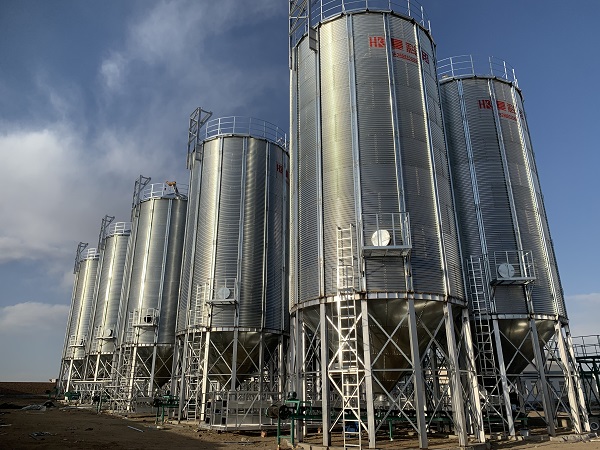
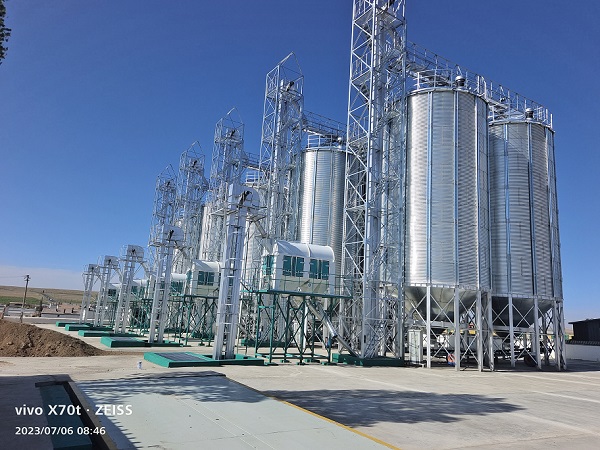
Hopper-Bottom Silos
Compared to the 1000-ton silo, the hopper-bottom silos generally has a smaller storage capacity, which is more appropriate for medium to small-scale grain storage requirements.
Storage Conditions
1000-Ton Silo
Due to its larger capacity, a 1000-ton silo typically has better temperature and humidity control capabilities, which can maintain the quality and freshness of the rice.
Hopper-Bottom Silo
Hopper bottom silos also provide good temperature and humidity control for rice storage, but their smaller capacity may make them more susceptible to external environmental influences.
Flexibility
1000-Ton Silo
With its large capacity, a 1000-ton silo can store different types of rice as well as other grains, offering strong flexibility and versatility.
Hopper-Bottom Silo
Although hopper bottom silos can also store different types of rice, their capacity limitations may reduce their flexibility compared to 1000-ton silos.
Operating Costs
1000-Ton Silo
The operating costs of a 1000-ton silo can be relatively high, including energy consumption and maintenance expenses. However, considering its storage capacity and functionality, these costs may be acceptable.
Hopper-Bottom Silo
In contrast, hopper bottom silos generally have lower operating costs, making them suitable for small enterprises or individual farmers with limited budgets.
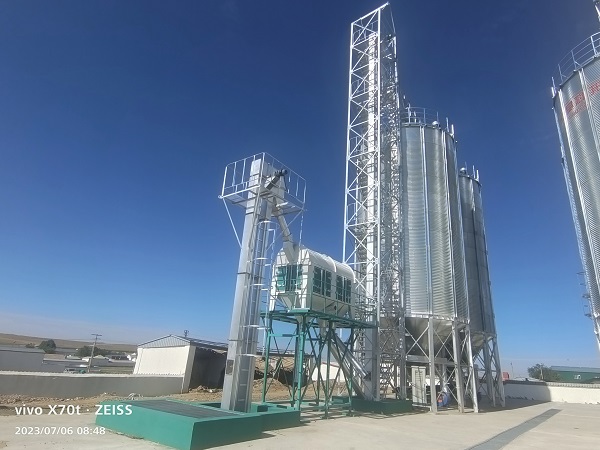
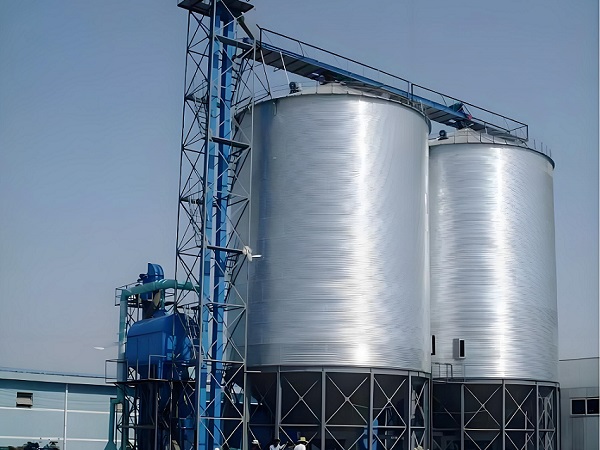
Durability
1000-Ton Silo
1000-ton silos have a large structure and high load-bearing capacity. They offer strong durability and stability. These silos are capable of withstanding long-term use.
Hopper-Bottom Silo
Although smaller in capacity, hopper bottom silos still possess considerable durability, making them suitable for medium to small-scale grain storage needs.
In summary, both 1000-ton silos and hopper bottom silos have their respective advantages and suitable contexts. For large-scale grain producers or businesses needing to store large quantities, a 1000-ton silo might be more appropriate. It provides ample storage space and excellent conditions. However, small-scale farmers or budget-constrained businesses might find a hopper-bottom silos more economical. It meets medium to small-scale grain storage needs and offers advantages in operating costs.Ultimately, the choice should be made based on specific circumstances and requirements.

